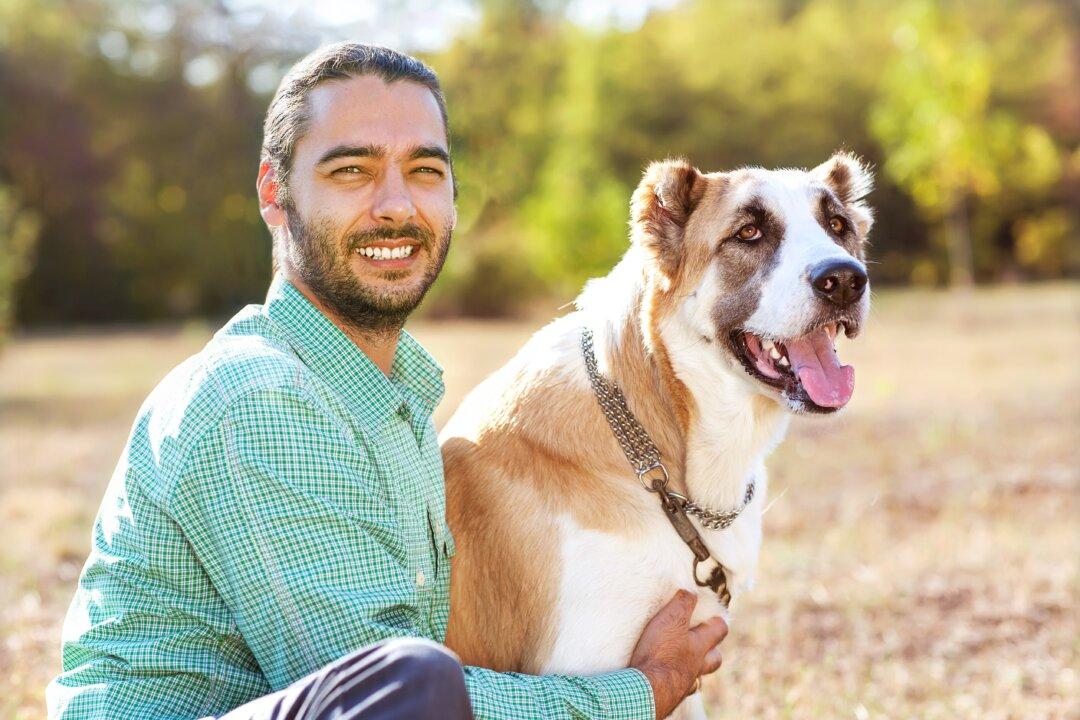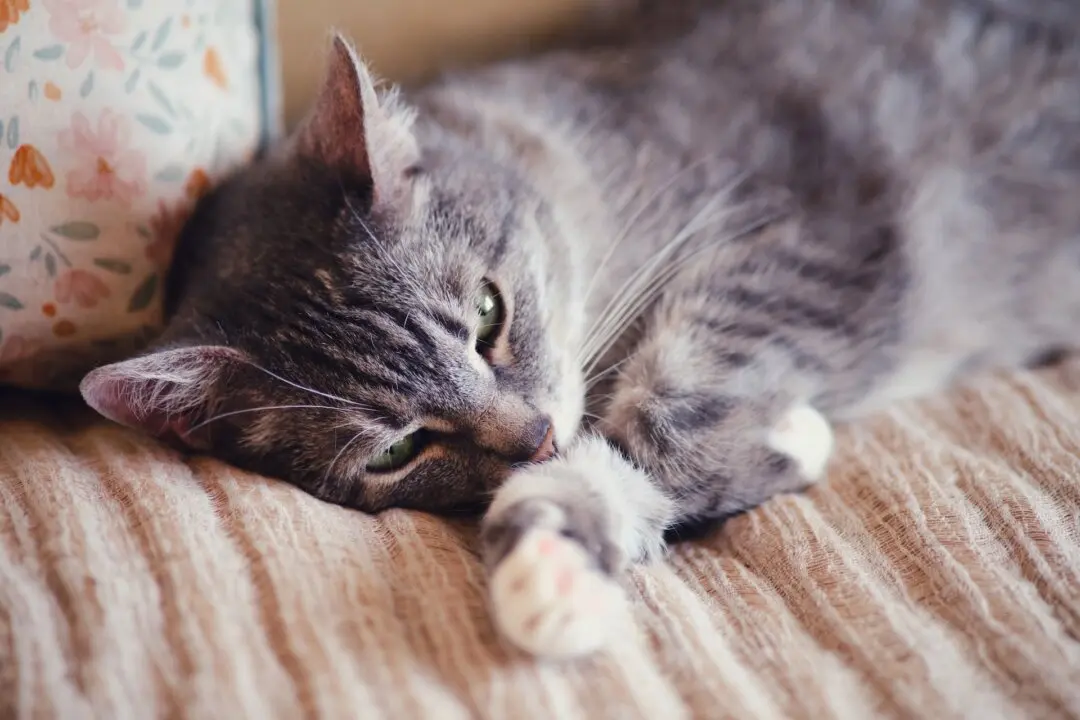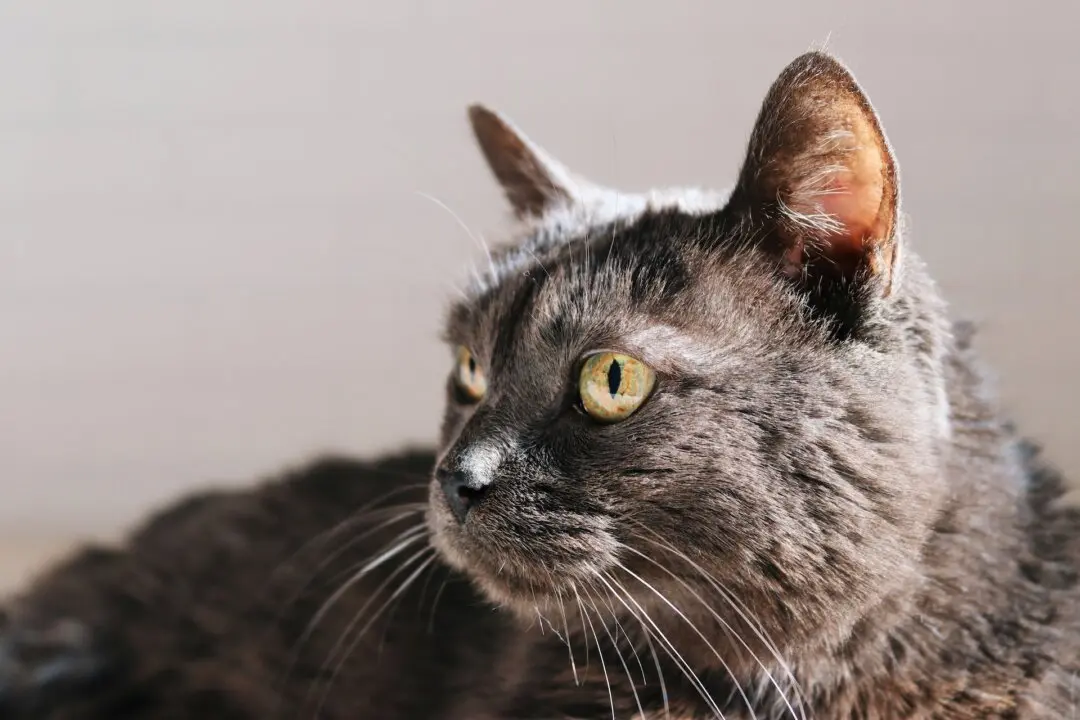Q: My dog Clyde takes medication for his separation anxiety, but it’s getting worse as I transition from working at home during the pandemic to spending more time away at the office. Would it help if I found him a canine buddy?
A: A second dog usually doesn’t help in situations like this. In fact, Clyde may even teach the new dog to be anxious. Instead, I recommend you schedule an appointment with your veterinarian or veterinary behaviorist to address the problem.





